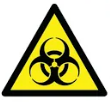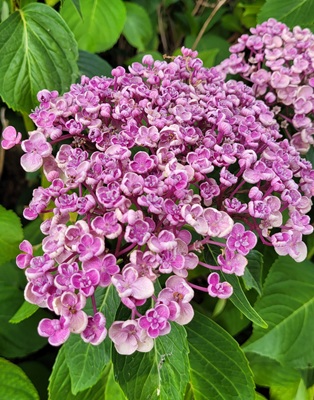Flower Properties
| Property | Value |
|---|---|
| English Name | Hydrangea |
| MainColor | Pink |
| PlantType | |
| Growth Type | |
| Season | July |
| ImageUrl | Hydrangea-001 |
| Photographer | DP |
| Location | Hambleton Hall |
| Human Toxicity |
Flower Details
Description
A showy, deciduous shrub grown for its large, colourful flower heads (pink, blue, or white, depending on soil pH). Popular in gardens, parks, and shaded borders.
Distribution
Native to East Asia; widely cultivated in the UK.
Medicinal/Other Uses

Traditionally used in Chinese herbal medicine for urinary and kidney ailments.
Edibility
Not edible.
Human Toxicity

Leaves, flowers, and buds contain cyanogenic glycosides, which release cyanide when metabolised. Toxic if ingested by humans and animals.
Pet Toxicity

oxic – ingestion may cause vomiting, diarrhoea, lethargy, and more serious poisoning in cats, dogs, and horses.
Active Compounds
Hydrangin (a cyanogenic glycoside).
